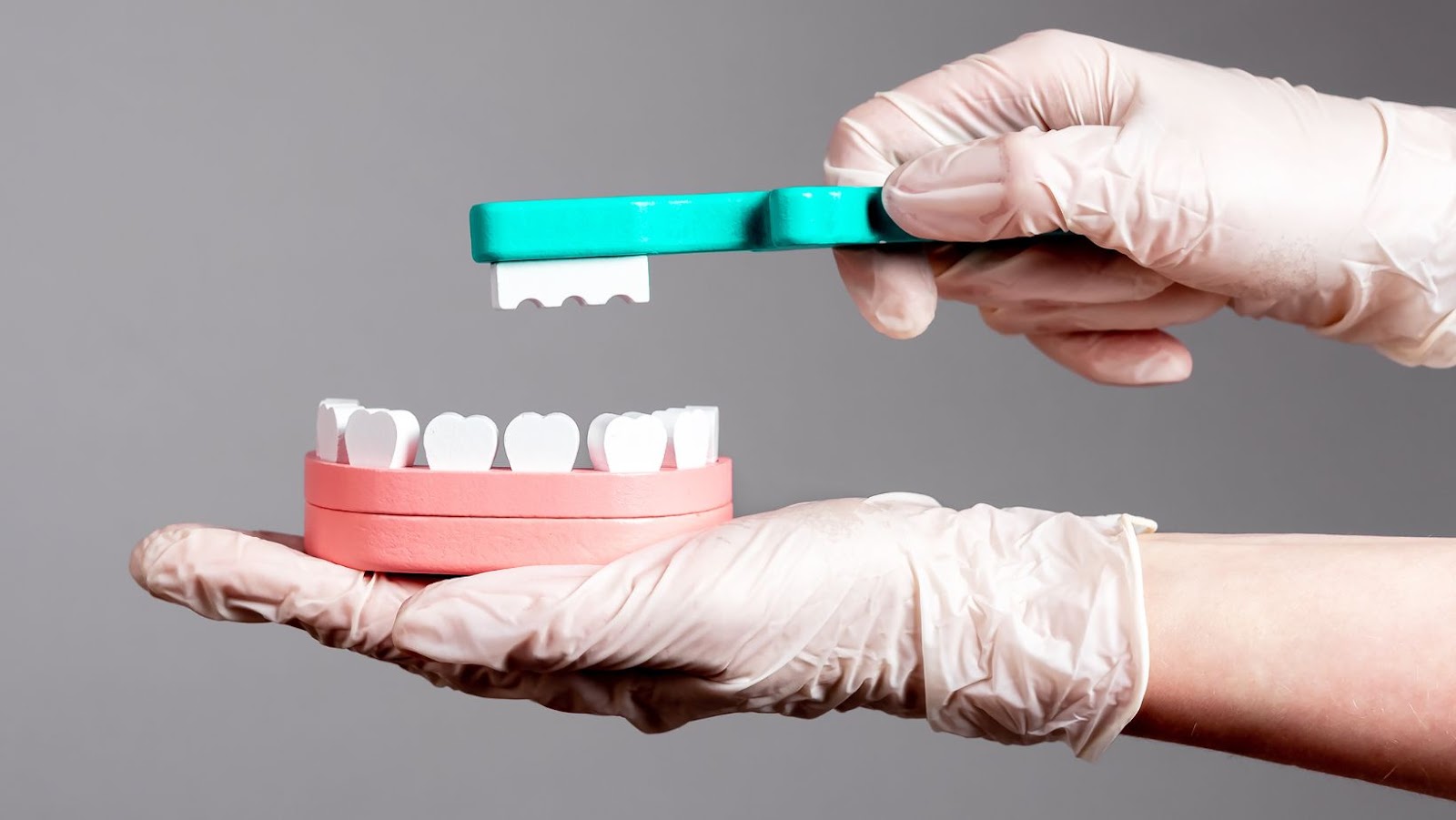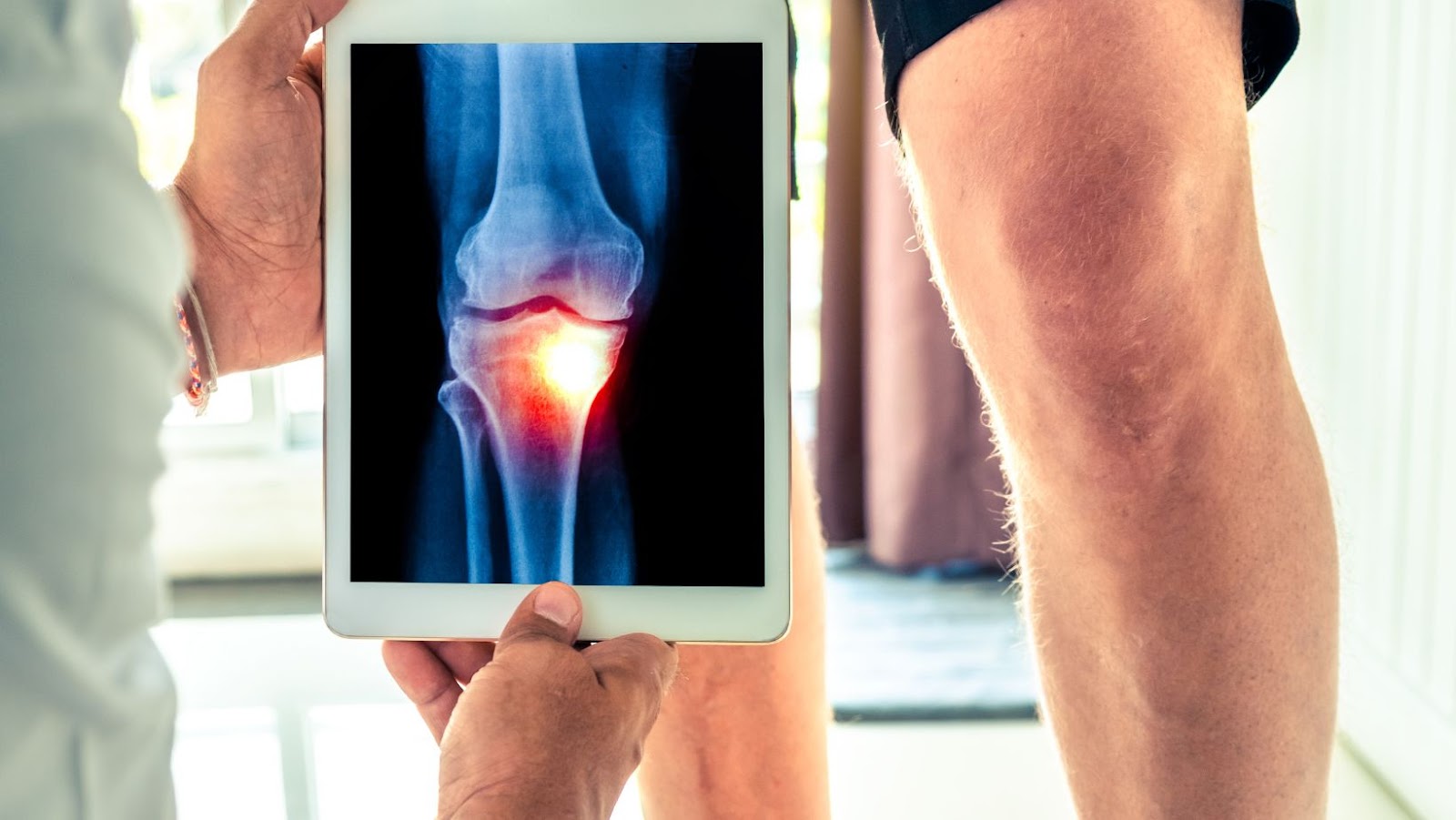Keto Diet for Beginners: A Step-by-Step Guide to Ketogenic Eating for Weight Loss

Keto, short for ketogenic, is a high-fat, low-carb diet that has become increasingly popular in recent years. It is a diet that focuses on putting your body into a state of ketosis, where instead of burning glucose for energy, your body burns fat. Keto is a great way to lose weight and improve your health, but getting started can be overwhelming. Here’s everything you need to know to get started on the keto diet.
Step 1: Understand the Basics
The keto diet is about reducing carbs and increasing your fat intake. Typically, people on the keto diet consume around 75% of their calories from fat, 20% from protein, and only 5% from carbs. This is a significant shift from the typical Western diet, which tends to be high in carbs and low in fat. The goal is to force your body to enter a state of ketosis, where it burns fat for energy. This happens when your body is depleted of its normal source of energy (glucose from carbohydrates) and starts burning fat instead, which produces ketones.
Ketones are byproducts of fat metabolism and can be used as a source of energy for the body, including the brain. Ketosis is the primary goal of the ketogenic diet, and it is what leads to weight loss and other health benefits. It can be measured through the presence of ketones in the blood, urine, or breath.
Step 2: Calculate Your Macros
To get started on the keto diet, you need to know what your macronutrient goals are. Macronutrients are the three main classes of nutrients that our body needs in large amounts for energy and growth. They include carbohydrates, proteins, and fats. Adjusting to a keto diet means knowing how much fat, protein, and carbs you need to eat each day to enter ketosis. To calculate your macros, you can use an online calculator, which are easy to find.

You simply input your stats (height, weight, age, etc.), and it will give you the exact number of grams of fat, protein, and carbs you need to eat each day to meet your goals. With a ketogenic diet, the goal is to consume a high amount of healthy fats, moderate amount of protein, and a low amount of carbohydrates to achieve and maintain ketosis. If you need help tracking your meals and calories or want extra support on your weight loss journey, online tools and services are an excellent option.
Step 3: Plan Your Meals
Since the keto diet is all about cutting back on carbs and increasing your fat intake, planning your meals and snacks is essential. You’ll need to focus on eating healthy fats such as avocados, nuts, seeds, and olive oil. You’ll also want to incorporate plenty of low-carb vegetables, such as spinach, broccoli, and cauliflower, into your weight loss diet. These will provide you with much-needed fiber and nutrients while keeping your carb count low.
Meal prepping is an essential aspect of the keto diet, as it allows you to plan your meals and snacks in advance, ensuring that you stay on track with your macronutrient goals and maintain ketosis. Here’s how you can meal prep on the keto diet:
1. Plan your meals: Before grocery shopping, plan out your meals and snacks for the week. Consider incorporating a variety of healthy fats, proteins, and low-carb vegetables into your meals.
2. Stock up on keto-friendly ingredients: Make sure to have plenty of keto-friendly ingredients on hand, such as lean proteins (chicken, beef, fish, etc.), healthy fats (avocado, nuts, seeds, olive oil, coconut oil, etc.), non-starchy vegetables (broccoli, spinach, cauliflower, etc.), and keto-friendly snacks (nuts, seeds, meat sticks, etc.). Don’t forget to read labels carefully. Many processed foods contain hidden sugars and carbs. When in doubt, stick to whole foods and cook from scratch.
3. Prep your meals: Cook and prepare your meals in advance, portioning them out into containers or plastic bags for easy grab-and-go access during the week. Consider batch-cooking meat, roasting vegetables, and prepping salads for quick meals.
4. Store and label: Store your prepped meals and snacks in the refrigerator or freezer, labeling them with the date and contents. This way, you can easily identify what you need and when you need it and prevent food waste.

Taking the time to meal prep on the keto diet helps you stay on track with your health goals and save time during the week. It also allows you to experiment with new recipes and flavors, keeping your meals exciting and satisfying. Meal prepping makes life easier, helps avoid deviation, and increases the success rate of following the keto diet.
Step 4: Learn to Recognize the Signs of Ketosis
One of the best things about the keto diet is that it works quickly. Many people start seeing results within a few days of starting the diet. But how do you know if you’re in ketosis?
There are several signs and symptoms that can indicate that your body is in a state of ketosis. While these symptoms may vary from person to person, some of the most common signs of ketosis include:
1. Bad breath: One of the most common signs of ketosis is bad breath, often described as a fruity or metallic taste in the mouth. This is due to the production of ketones in the body, which can be excreted through the breath.
2. Decreased appetite: Some people experience a decreased appetite while in ketosis, which can be a positive side effect for those looking to lose weight.
3. Increased energy levels: Many people report having more energy and feeling more alert while in ketosis, as their body is using fat for fuel instead of glucose.
It’s important to note that experiencing these signs and symptoms does not necessarily mean that you are in a state of ketosis. The most accurate way to determine if you are in ketosis is through the use of blood or urine ketone strips or through a breath analyzer.
Step 5: Stay Hydrated
The keto diet can potentially be dehydrating. Following a ketogenic diet, your body tends to excrete more water than usual, which can cause dehydration if you are not adequately hydrated. This is because when your body is in a state of ketosis, it excretes ketones and electrolytes in the urine, which can cause the excretion of more water than usual. Additionally, keto restricts carbohydrates, a major source of hydration for the body. As a result, some people may experience increased urination, leading to dehydration if they do not drink enough water to replenish fluids.

To prevent dehydration while in ketosis, it’s important to drink plenty of water and other fluids throughout the day. Aim for at least eight glasses of water a day and more if you exercise or sweat excessively. Additionally, make sure to replenish electrolytes lost through sweat with foods like avocados, nuts, seeds, and salt or with supplements. Finally, pay attention to your body, and if you experience symptoms of dehydration such as dizziness, headache, or dry mouth, make sure to increase your fluid intake. By staying well hydrated, you can help mitigate the risk of dehydration while in ketosis.
Step 6: Practice Patience
It can take a few days to a few weeks for your body to enter ketosis. During this time, you may experience the “keto flu,” a common set of symptoms that some people experience when they first start the ketogenic diet. This condition is not a real flu—it’s just a term people use to describe the combination of symptoms that can arise in the early stages of the keto diet. During the first week or two of the keto diet, some people may experience flu-like symptoms, including fatigue, headaches, dizziness, difficulty sleeping, and digestive issues such as constipation or diarrhea.
This is because when you start following the keto diet, your body is transitioning from a state of burning glucose for energy to burning fat for energy, which can cause temporary changes in your body’s functioning. The keto flu is believed to be caused by changes in the body’s electrolyte balance due to increased water excretion, as well as by low blood sugar levels due to the reduction of carbs. These symptoms usually subside within a week or two as your body adjusts to the new diet.
There are several things you can do to reduce the symptoms of keto flu, including staying well-hydrated, increasing your salt intake, eating nutrient-dense foods, and exercising regularly. Additionally, make sure to get plenty of rest to allow your body to adjust to the new diet, and don’t be afraid to ask for support from others who are following the ketogenic diet. In the end, just remember that the keto flu is a temporary phase, and it will pass as your body adjusts to the new way of eating.
Stick with it and be patient. Once your body enters ketosis, you’ll start to see results quickly. The keto diet can be a great way to lose weight and improve your health. It’s a significant shift from the typical Western diet, but with proper planning, it’s not as difficult as it may seem. By understanding the basics, calculating your macros, planning your meals, and stocking up on keto-friendly foods, you’ll be well on your way to success. Remember to stay hydrated, stay patient, and enjoy the journey.




